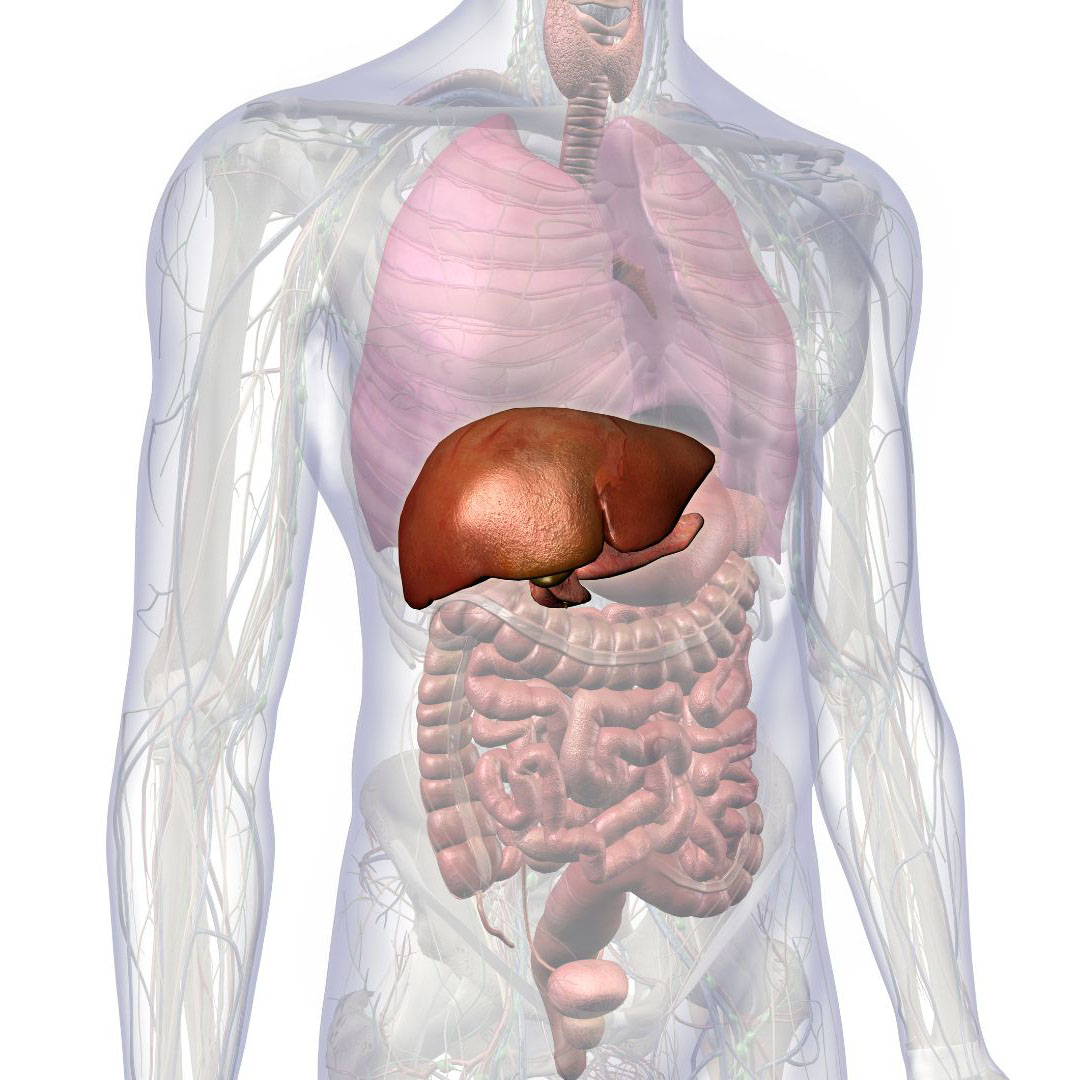Transarterial Chemoembolization (TACE)
Liver cancer is a primary cancer, meaning that it originated in the liver. (As opposed to liver metastases, or secondary liver cancers, which have spread to the liver from other organs.)
Liver cancer is responsible for more than 12,000 deaths a year in the United States and is being diagnosed more frequently. It is more common in men than women and in African Americans than whites.
It is commonly associated with cirrhosis and hepatitis. Other risk factors can include a history of alcohol use.
Here’s how TACE works in simple terms:
- Double Whammy: TACE delivers medication (chemotherapy) directly to the liver tumor through the artery that feeds it. This medication kills cancer cells.
- Cutting Off the Supply Line: At the same time, TACE blocks the artery feeding the tumor (“embolization”). This cuts off the tumor’s supply of oxygen and nutrients, starving it and hindering its growth.
- Stronger Dose, Less Side Effects: Because the medication goes straight to the tumor, doctors can use a higher dose than with traditional chemotherapy. Plus, since the medication stays in the tumor longer, there are typically fewer or milder side effects.
Who can benefit from TACE?
TACE can be used for tumors that originate in the liver (primary liver cancer) or for tumors that have spread (metastasized) from another part of the body. It can be used alone or combined with other treatments like chemotherapy, radiation therapy, or radiofrequency ablation.
Types of TACE:
There are two main ways to perform TACE:
- Chemo eluting beads: Tiny beads loaded with chemotherapy medication are placed in the artery feeding the tumor. These beads slowly release the medication over time.
- Conventional mixture: A combination of chemotherapy medication and an oil-based liquid (lipiodol) is injected directly into the artery.
TACE is a minimally invasive procedure that offers hope for people with liver tumors. By combining targeted medication with cutting off the tumor’s blood supply, TACE can effectively shrink tumors and improve a patient’s quality of life.
Transarterial Chemoembolization (TACE) is a treatment for liver cancer. Early detection and treatment of liver cancer are crucial. If you are experiencing symptoms like abdominal pain, unexplained weight loss, or a mass in your upper right abdomen, it is important to see a doctor to get checked for liver cancer.
How is TACE performed?
TACE is done by an interventional radiologist (a doctor who specializes in procedures that are guided by X-ray images).
- An anesthetic (numbing medicine) will be applied to your skin. It will sting for 5 to 10 seconds. Then the area will be numb and you will not feel pain.
- Your doctor will make a very small nick in the skin (less than ¼ inch long) in your groin.
- Your doctor will then thread a tiny catheter (small plastic tube) into an artery in your groin and then advance a smaller catheter into the artery in your liver that carries blood to the tumor. X-ray images will help your doctor place the catheter in exactly the right place. Chemotherapy is sent through the catheter into the tumor.
- Then, tiny beads or mixture are injected into the artery. These beads or solution then travel toward the tumor and block its blood supply
The above information is not all inclusive of the risks, alternatives and benefits. It is not meant to be a substitute for informed discussion between you and your doctor, but can act as a starting point for such a discussion. There are complications possible with any medical procedure. Overall, minimally invasive procedures have a lower complication rate than open surgeries.
Liver Cancer
Liver cancer is a primary cancer, meaning that it originated in the liver. (As opposed to liver metastases, or secondary liver cancers, which have spread to the liver from other organs.)
Liver cancer is responsible for more than 12,000 deaths a year in the United States and is being diagnosed more frequently. It is more common in men than women and in African Americans than whites.
It is commonly associated with cirrhosis and hepatitis. Other risk factors can include a history of alcohol use.
Where is your liver?
Your liver is the largest and one of the most important organs in your body. It’s located in the upper right part of your abdomen, just below the diaphragm and behind your lower ribs. The liver is a wedge-shaped organ with two main lobes, a right lobe and a left lobe. The right lobe is much larger than the left lobe.
The liver plays a vital role in many bodily functions, including:
- Filtering toxins from your blood
- Producing bile to help digest fats
- Storing nutrients like glucose (sugar) and vitamins
- Regulating blood clotting
- Producing proteins that are important for many body functions
Understanding the location of your liver can help you better understand how conditions like liver cancer can cause pain in your upper right abdomen.
TACE & Liver Cancer Q & A
Chemoembolization delivers chemotherapy directly to the liver tumor through the artery that supplies blood to the tumor.
How long does a TACE procedure take?
What is the recovery time for TACE?
The good news is that most patients are able to go home the same day or the next day following a TACE procedure. It’s important to remember that while you might be home relatively soon, recovery is still a process. Following your doctor’s instructions for rest and medication is crucial for a smooth recovery after TACE. This might include pain management, monitoring for infection, and dietary restrictions. Be sure to ask your doctor about any specific recovery steps that apply to you.
Are there other treatments for liver cancer?
There are several treatment options for liver cancer, depending on the stage and severity of the cancer. Treatment for liver cancer includes a combination of the following:
- Surgery to remove the tumor(s).
- Liver transplant
- Percutaneous ablation performed by an Interventional Radiologist
- Intra-arterial therapies (Chemoembolization, Radioembolization) performed by an Interventional Radiologist
- Chemotherapy




